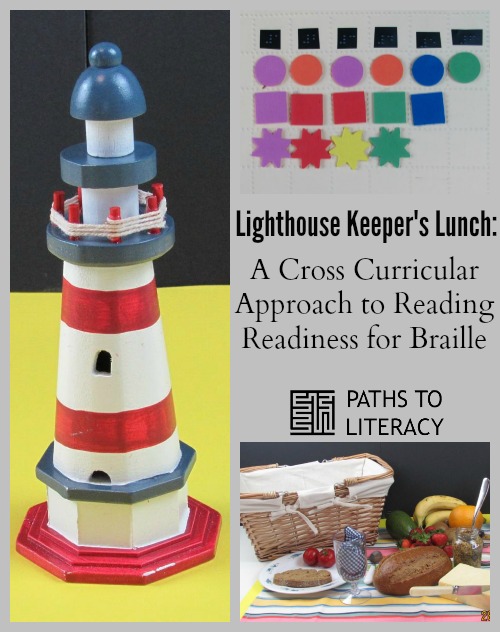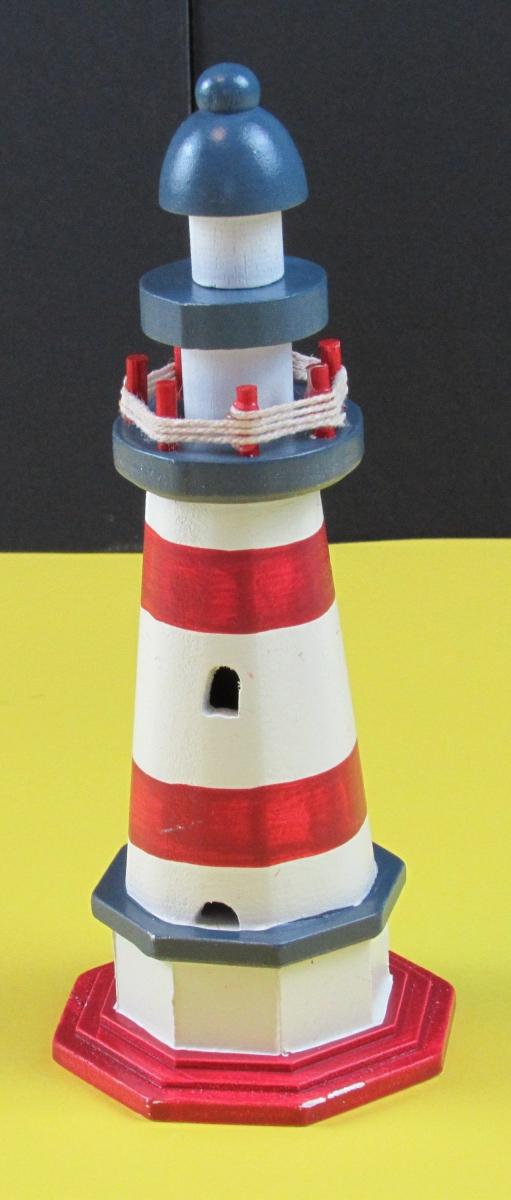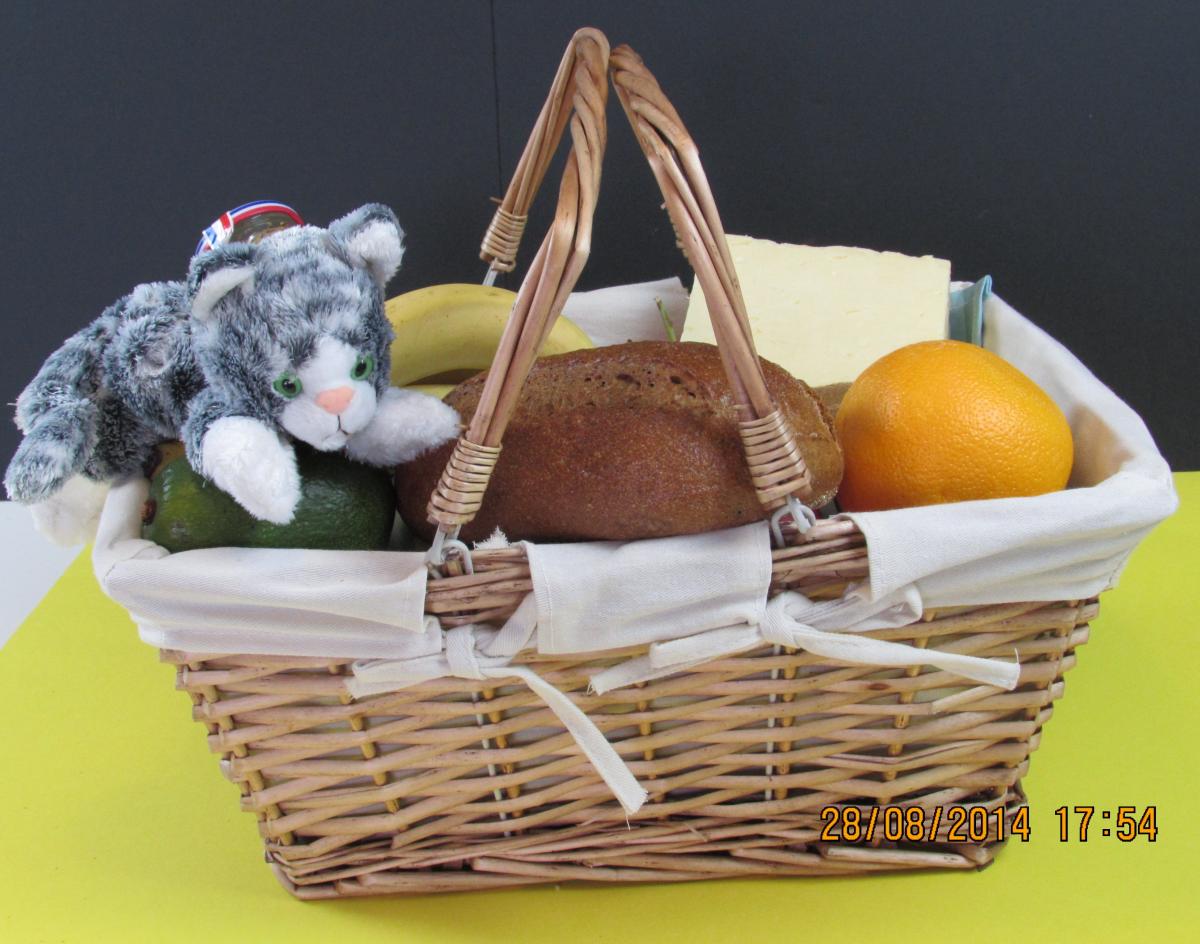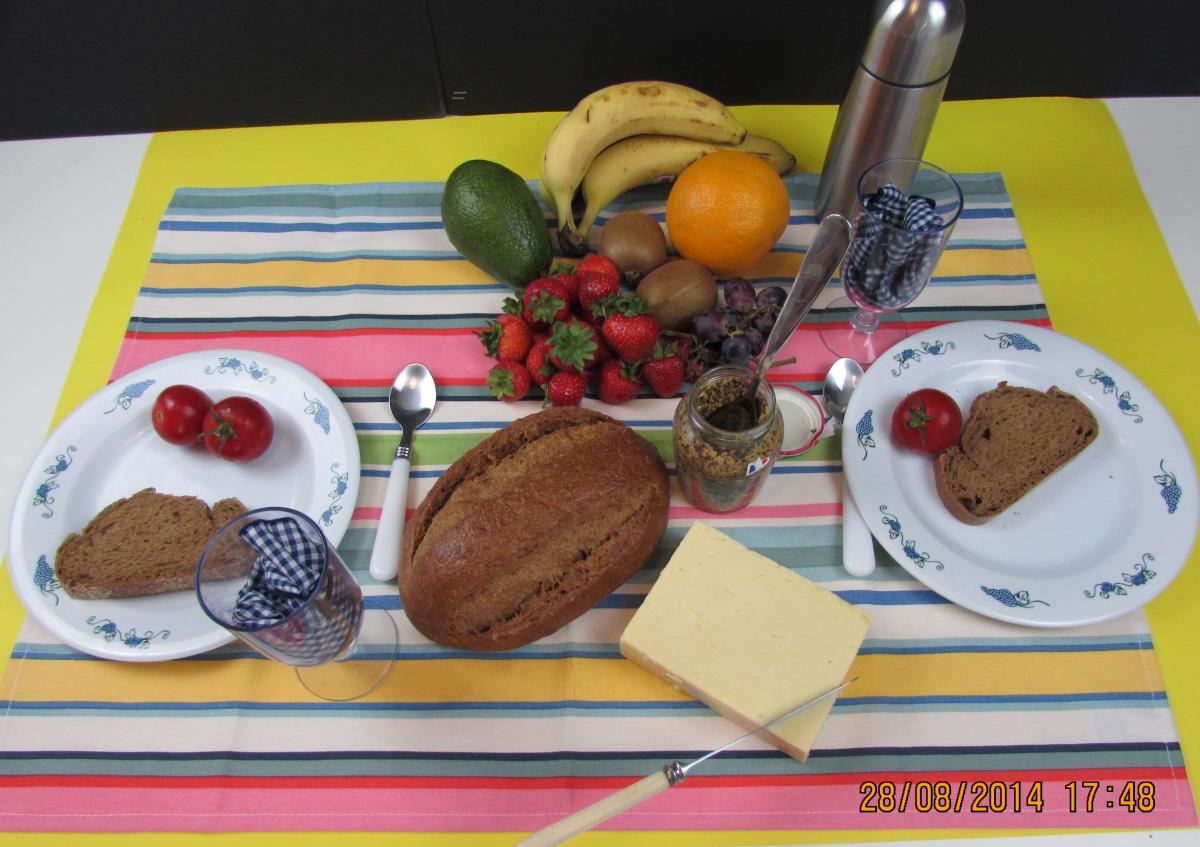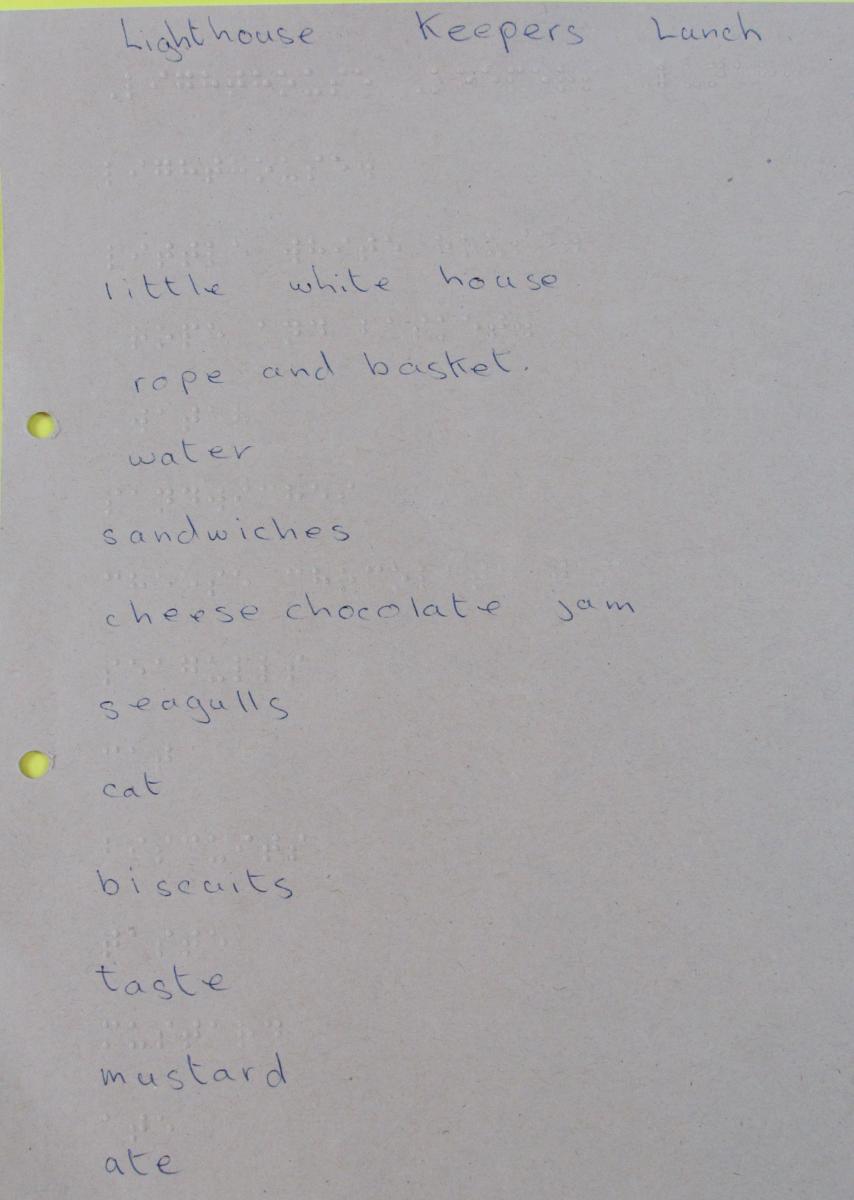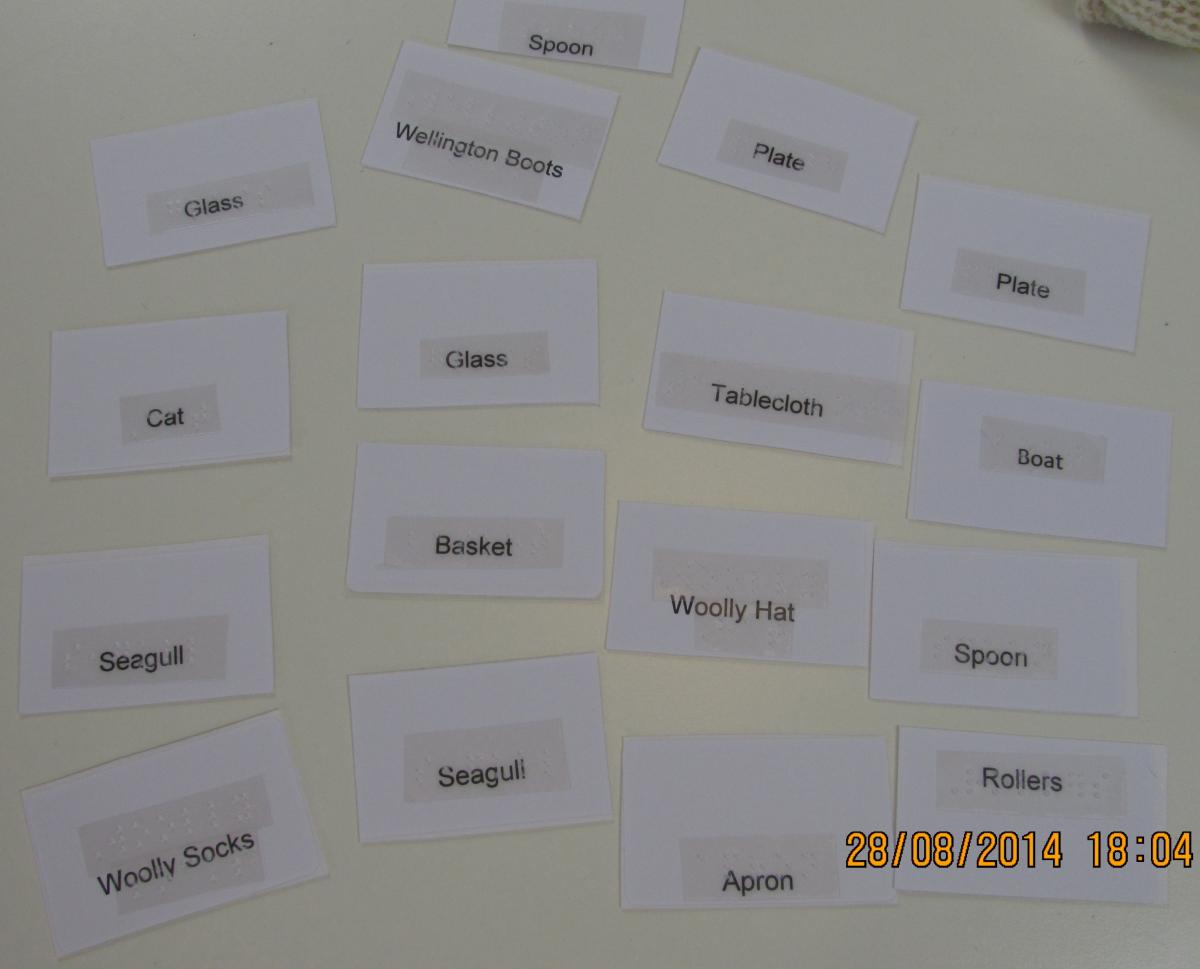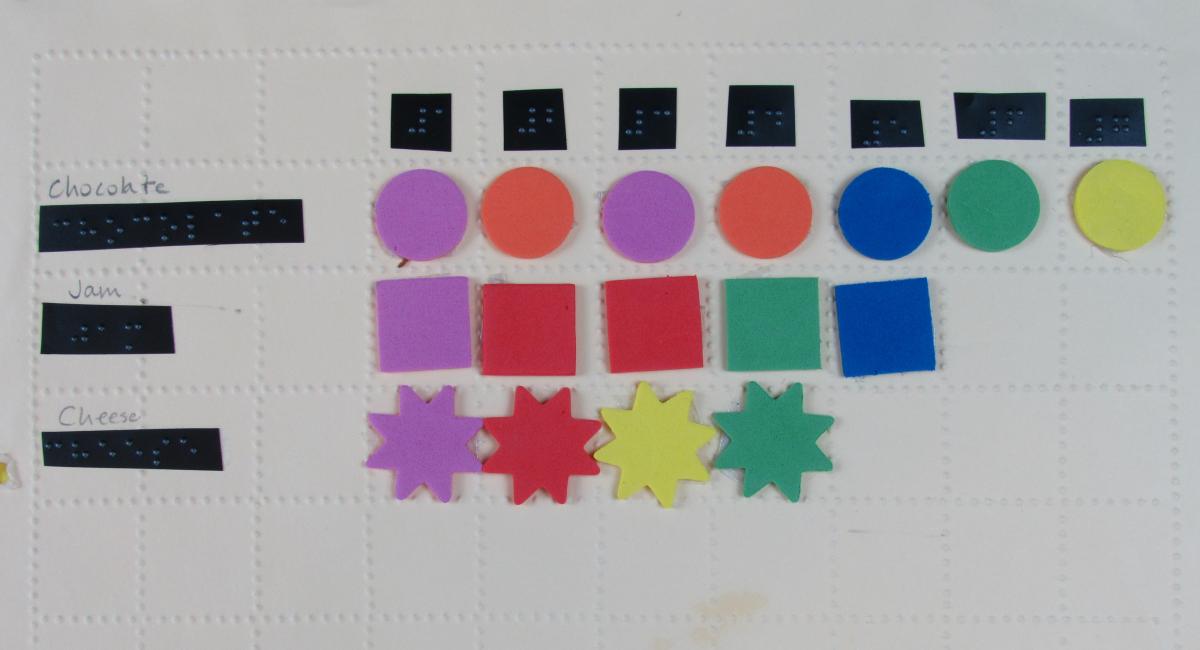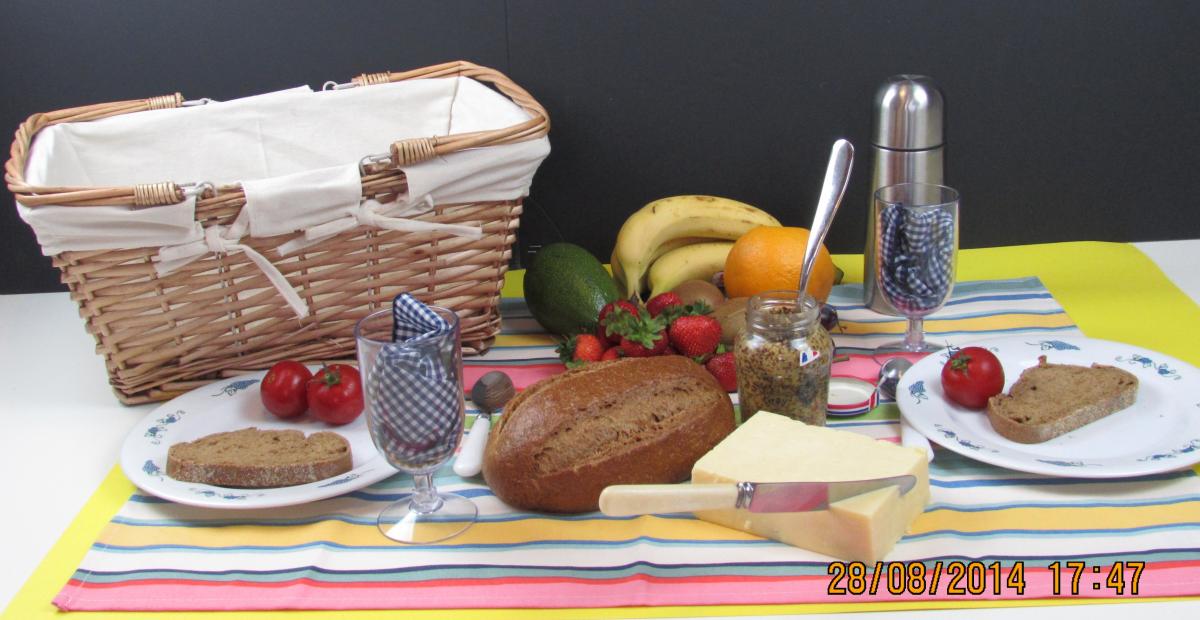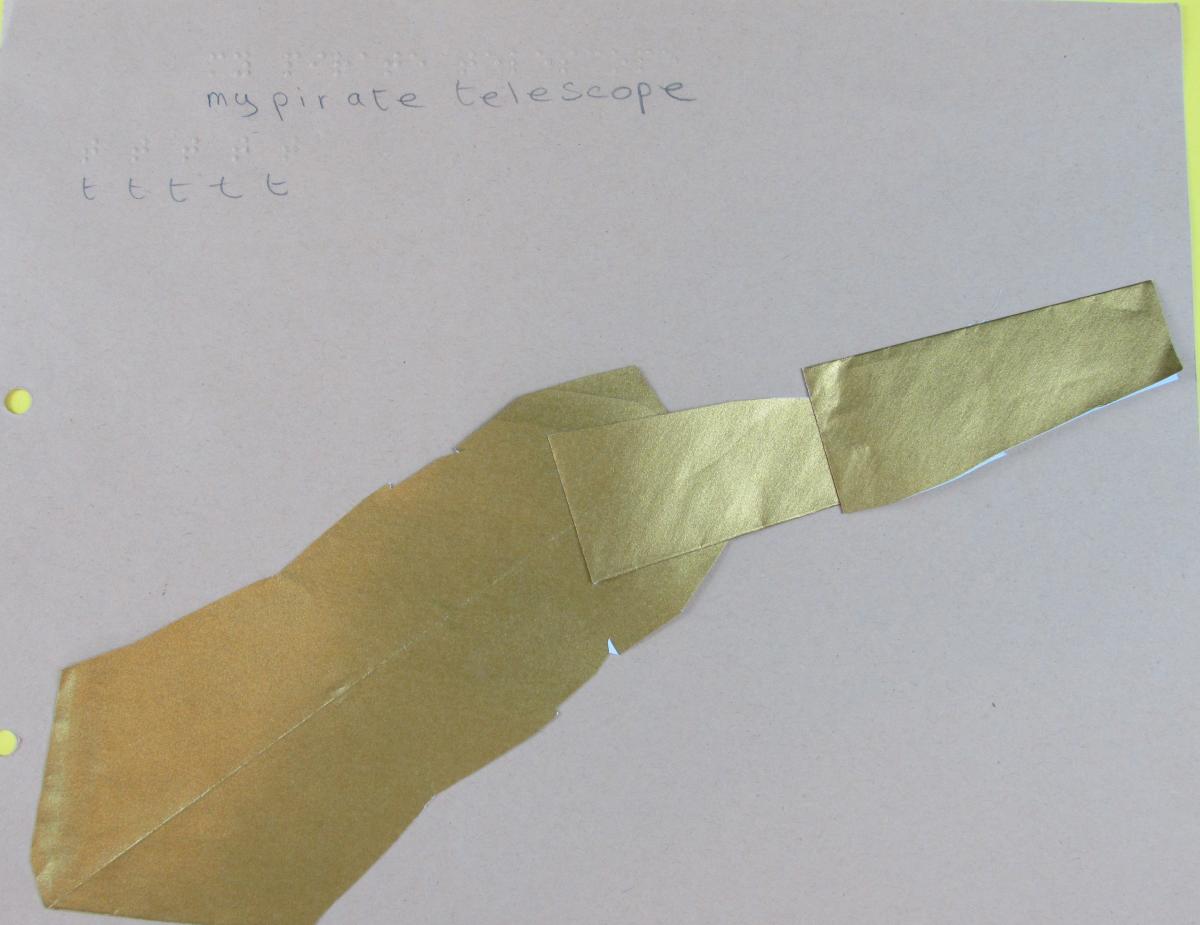Lighthouse Keeper’s Lunch: A Cross-Curricular Approach to Reading Readiness for Braille
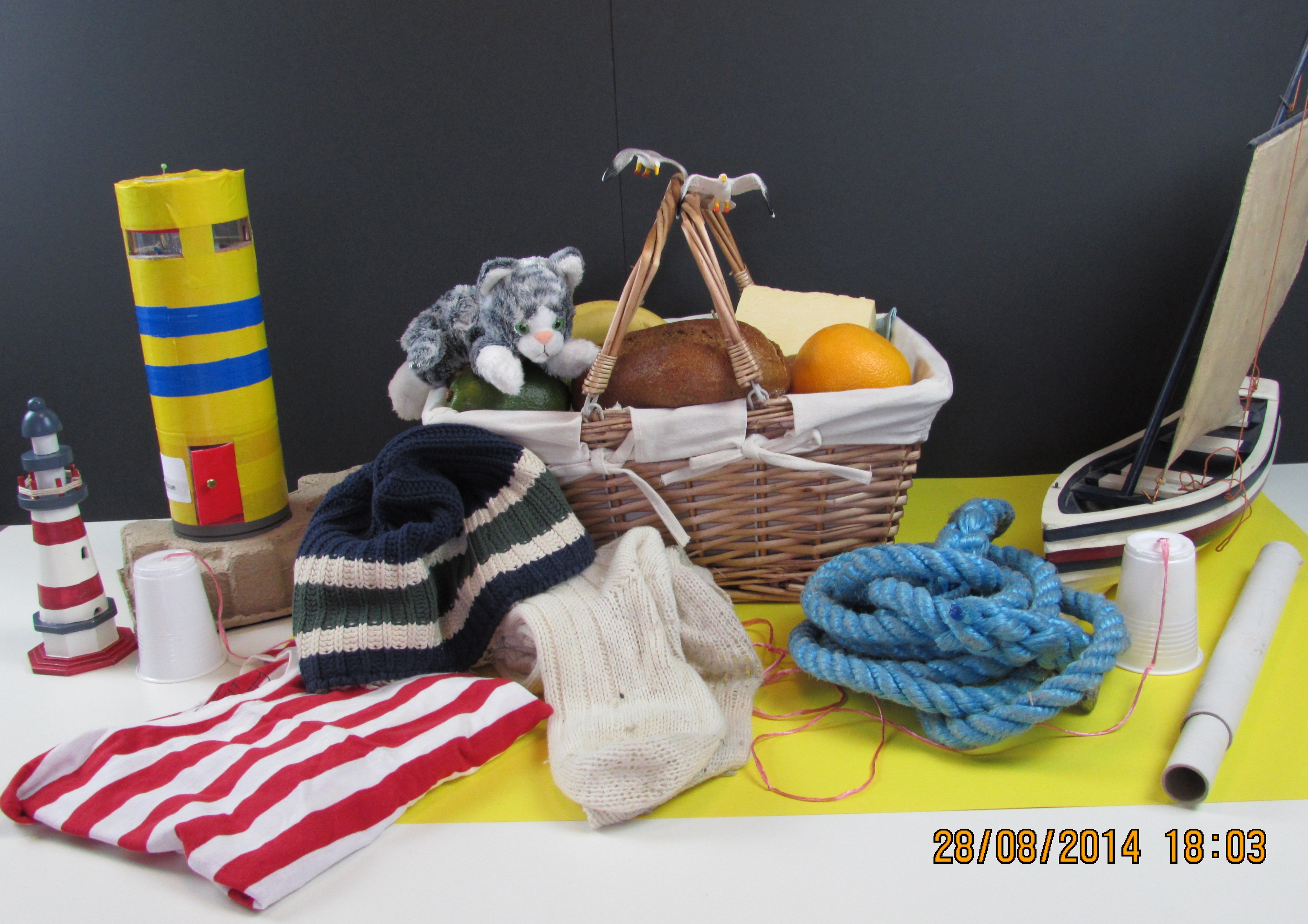
Here are some ideas for a cross-curricular approach to include the child with visual impairment in the Literacy, Numeracy, Science and Humanities curriculum, including opportunities to develop social skills, all linked to and based on the story of the Lighthouse Keeper’s Lunch.
Please note that the materials and activities listed here are just examples. It is important to select materials based on a child's individual needs and interests.
-
Model of Lighthouse - Homemade
-
Model of Lighthouse - Purchased
-
Lighthouse Keeper’s clothes, Mr Grinling - stripy t-shirt, woolly socks, woolly hat, wellington boots, telescope
-
Lighthouse Keeper’s wife – Mrs Grinling, rollers and apron
-
Picnic Basket
-
Furry toy cat
-
Tablecloth
-
2 plates, two glasses, two spoons, two forks and two knives. Two serviettes. A selection of sandwiches, fruit and nuts
-
Models of seagulls
-
Rope
-
Boat or boats (toy boats)
Literacy Ideas
-
Read the story and give the child items from the ‘Lighthouse Keeper’s Lunch’ to hold whilst they listen.
-
Dress up and role play the story of the ‘Lighthouse Keeper’s Lunch’
-
Make a model of the Lighthouse and add Braille labels to each part. Encourage child to feel initial letter sounds or to read words, depending on their level of literacy.
-
Provide labels for all the items in the ‘Lighthouse Keeper’s Lunch’ and have the child match the Braille label to the item before they play with them.
-
Write out the key words with the child, the child saying the key words, the support worker writing them out.
-
Encourage the child to re-read the list, even if they only read the initial letter sound.
Numeracy and Science
-
Child to go around the class and ask each child what their favourite sandwich filling is.
-
Child to record on tally charts (use 3 sheets of embossing film, one labelled chocolate, one labelled cheese and one labelled jam) Child to score a line on each sheet according to each child’s choice.
-
Produce results on simple pictogram.
-
Make and cut up sandwiches, working out how many sandwiches are required for a specific number of children. Work out how many children can have a sandwich if each one is cut into 2, 4 etc. Talk about fractions, halves, quarters, etc.
-
Discuss what would make up a healthy picnic for Mr Grinling. Plan a picnic menu E.g. fruits, salad, nuts, seeds, etc.
-
Make a shopping list of the picnic foods required.
-
Visit the shops and buy the foods required. Child to give money to shopkeeper and receive change
-
Discuss with the child beforehand, what they might say to the shopkeeper, how they will ask for what they want.
-
Discuss eye contact, body posture and facial expressions whilst talking to the shopkeeper.
-
Discuss the type of bag that might be the most suitable for carrying the different shopping items home.
-
Guess which item may be the heaviest, on return from shopping, feel the items and weigh them to find out which is the heaviest.
-
Make a tactile plate of healthy food.
-
Play at sending the sandwiches in a basket to Mr Grinling via the rope that goes between the lighthouse and the rocks. Use the slide in the playground and tie a rope between the slide and a bollard. All the children can take part in this activity.
-
Children to send the basket up and down the rope, taking it in turns to have a go. Use language up and down, heaviest, lightest, weight, measure.
-
Experiment with a range of boats and which would sail the quickest between the lighthouse and land. Use paper boats, wooden boats, motorised toy boat etc.
-
Guess how tall a Lighthouse might be and then find out how tall they can be.
Geography and History
-
Discuss where lighthouses are situated and why, what is their purpose?
-
Place on a map the nearest location and lighthouse to the school
-
Research and find out how a Lighthouse works
-
Find out about the history of Lighthouses, when was the first one built and who by.
-
Find out where Seagulls live, what they eat, the sound they make.
Music
-
Sing some sea shanty songs.
-
Listen to the sounds of the sea.
